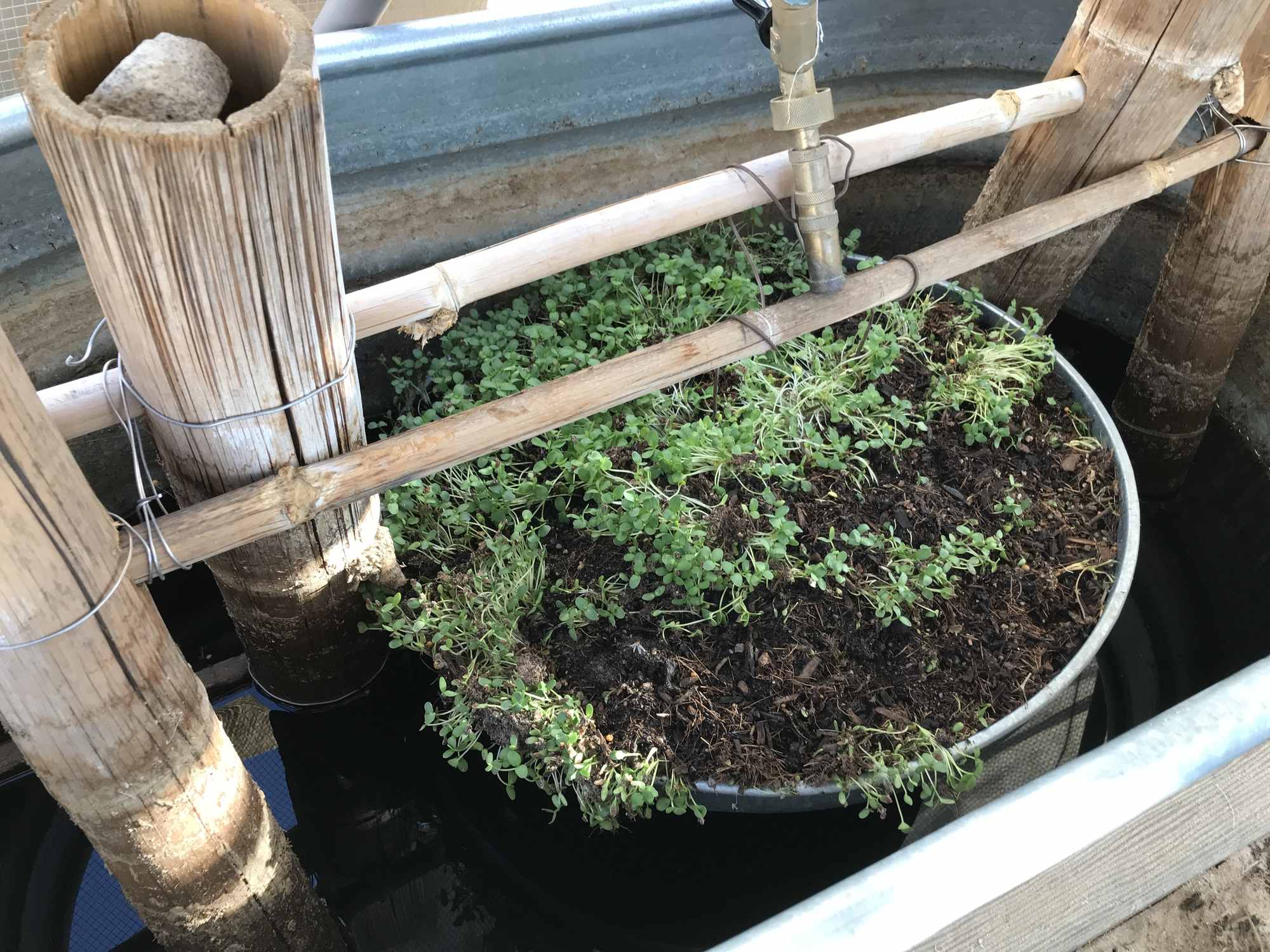
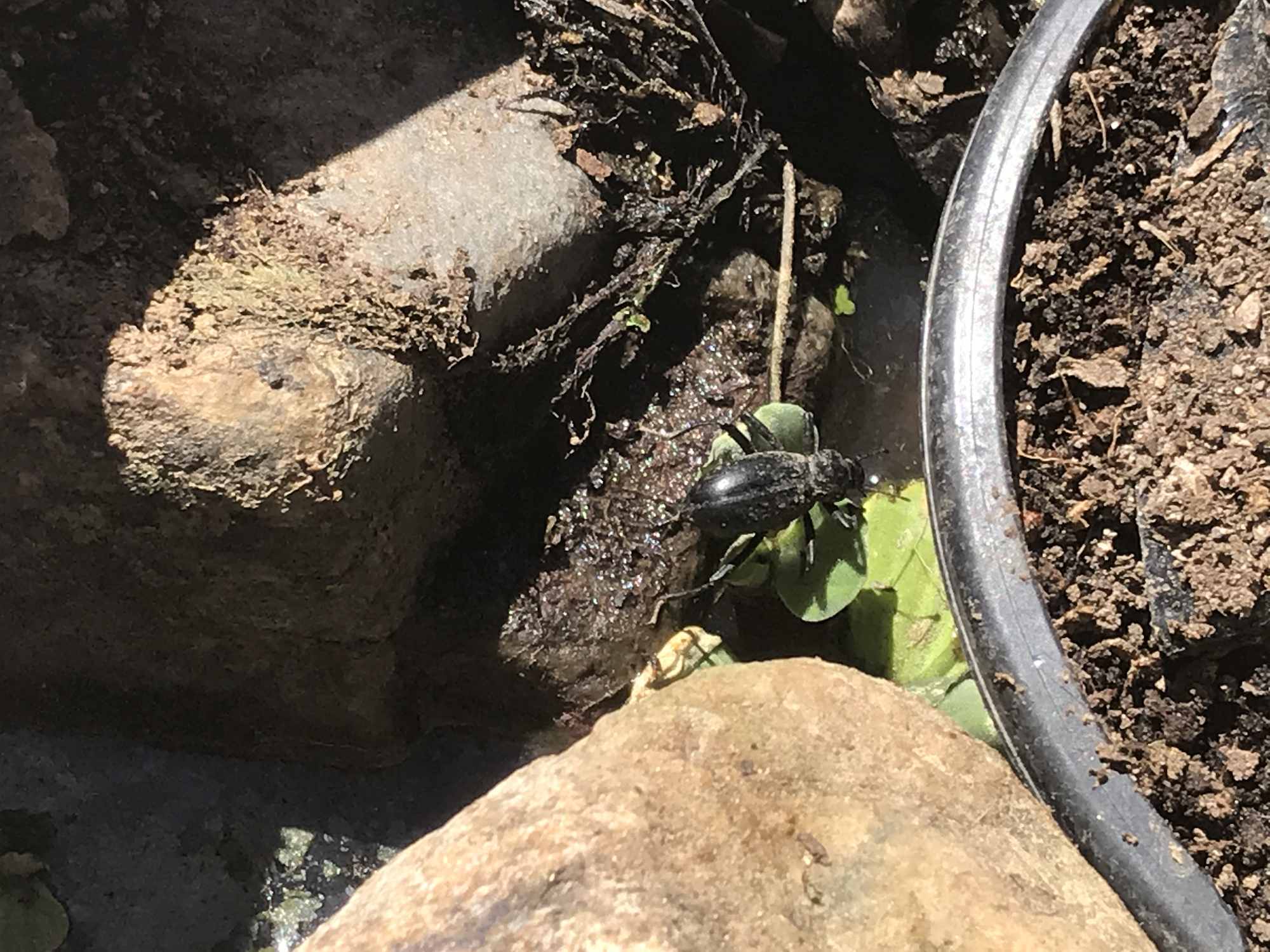
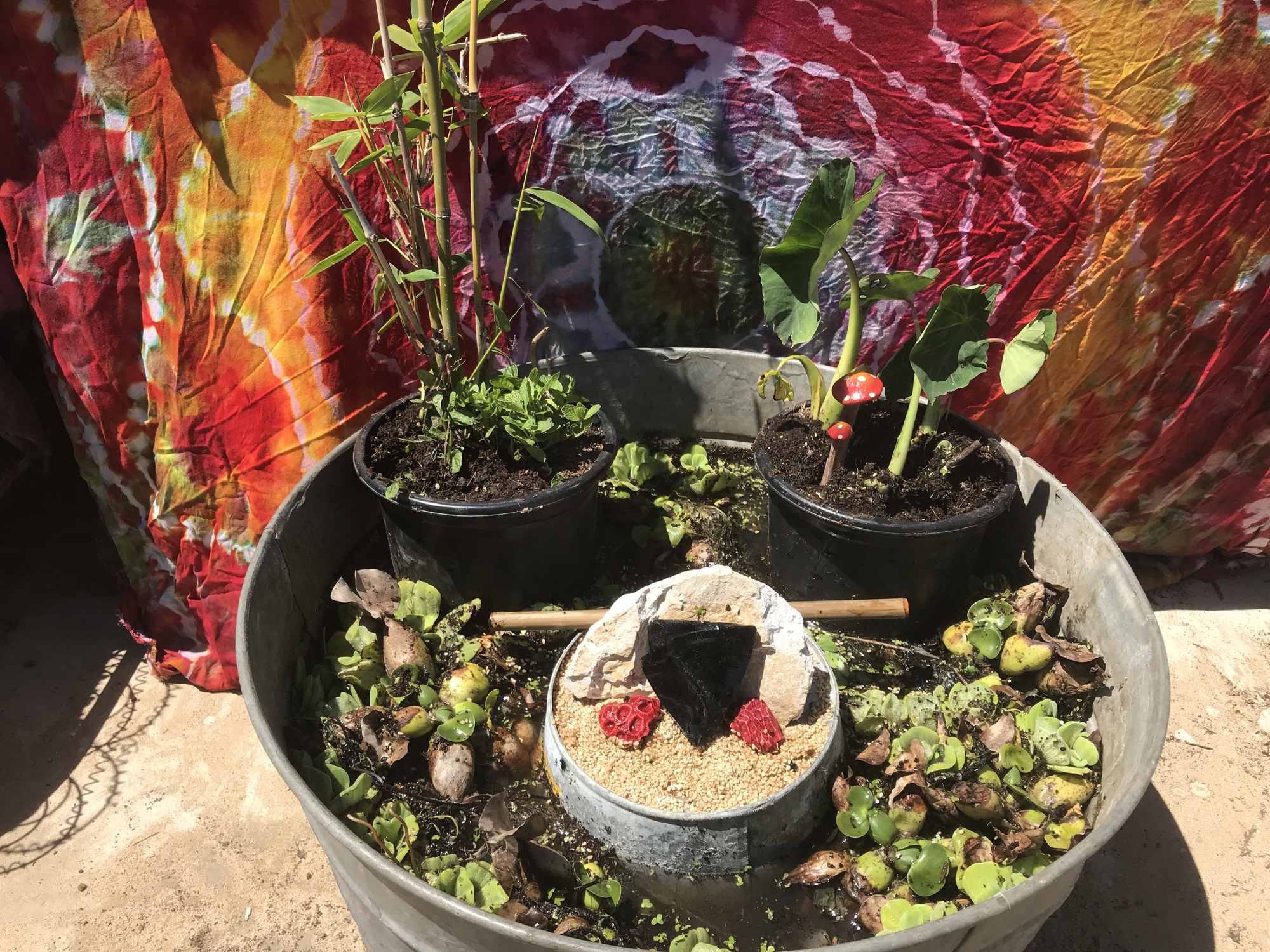
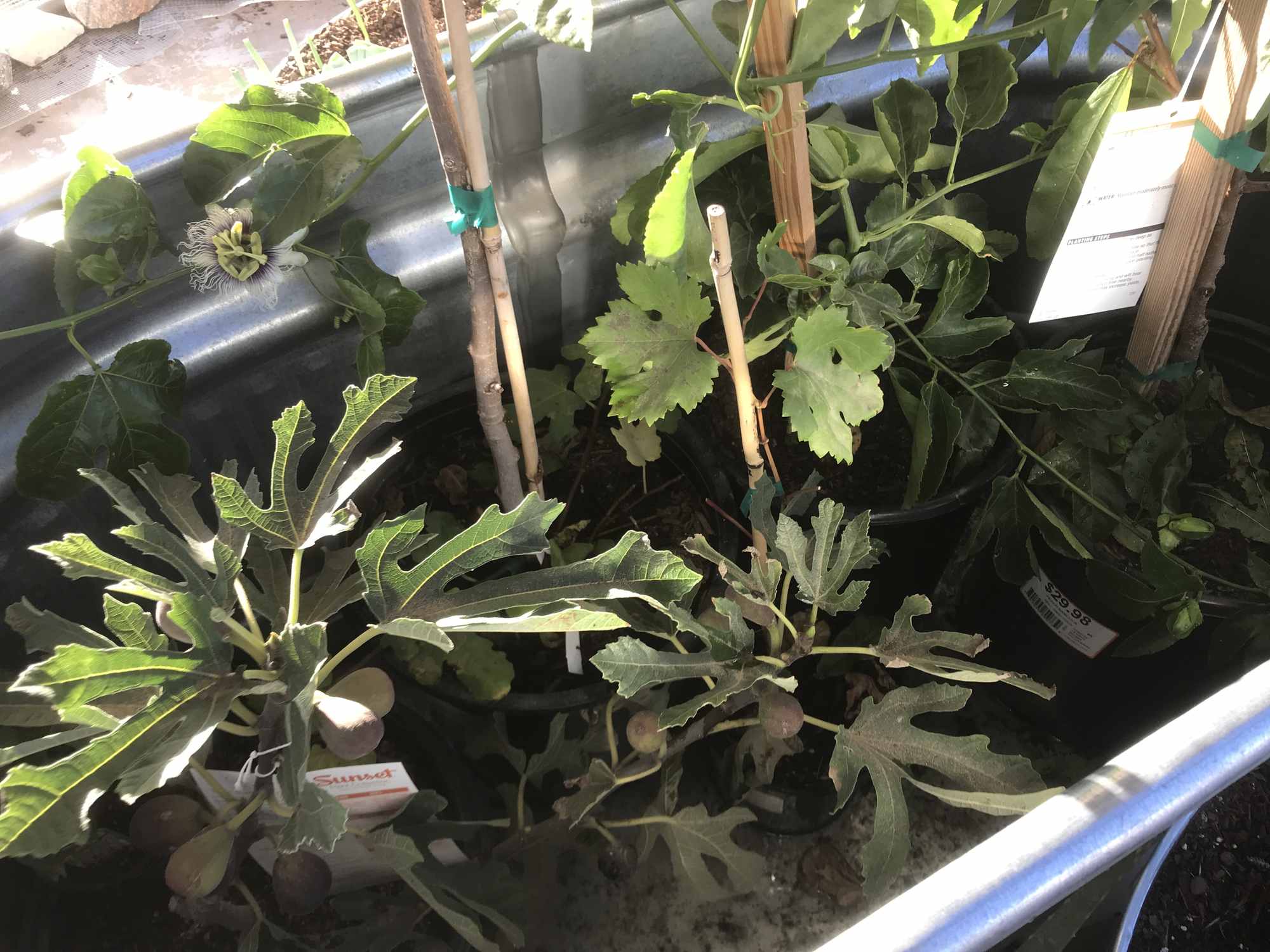
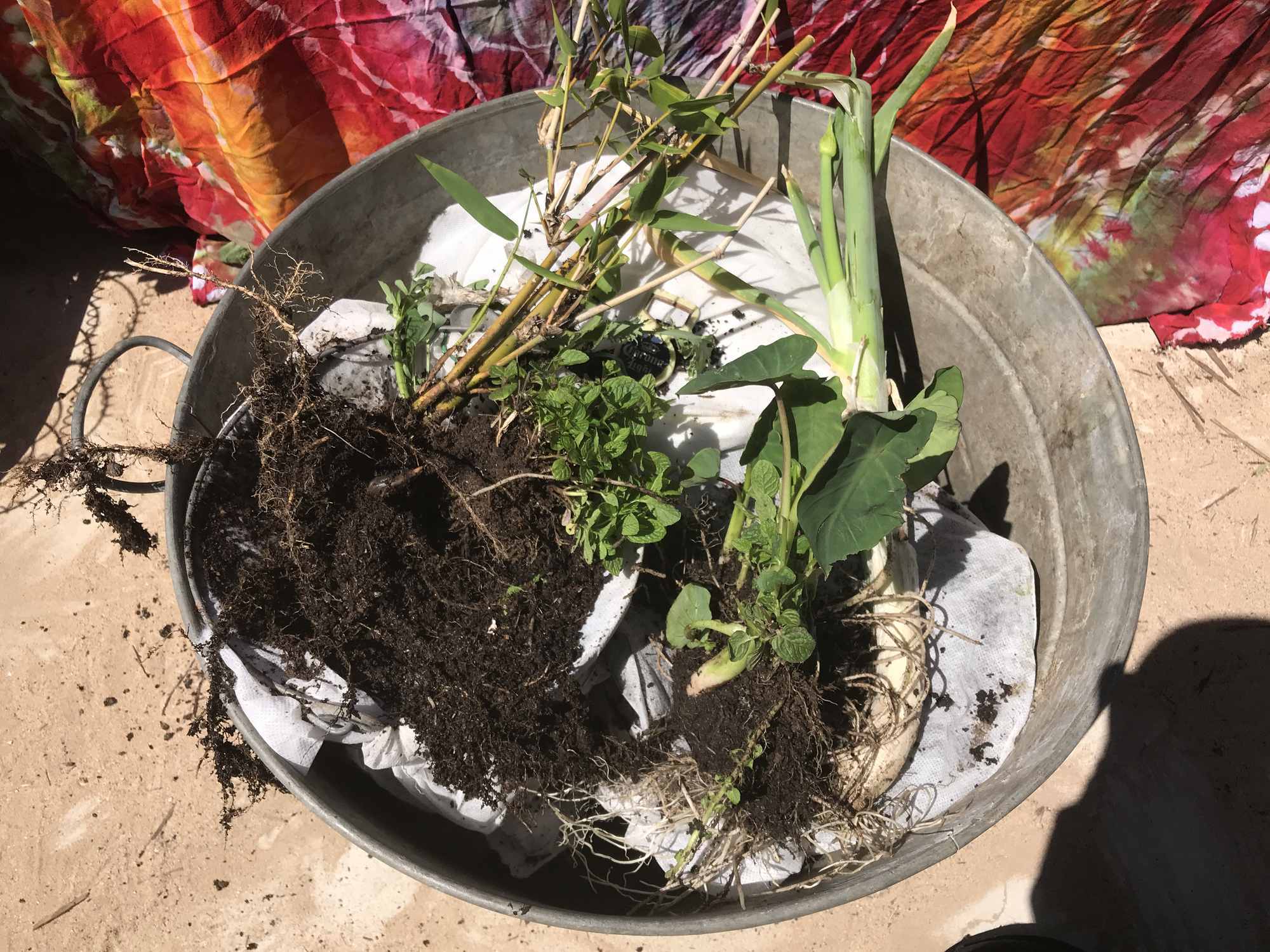
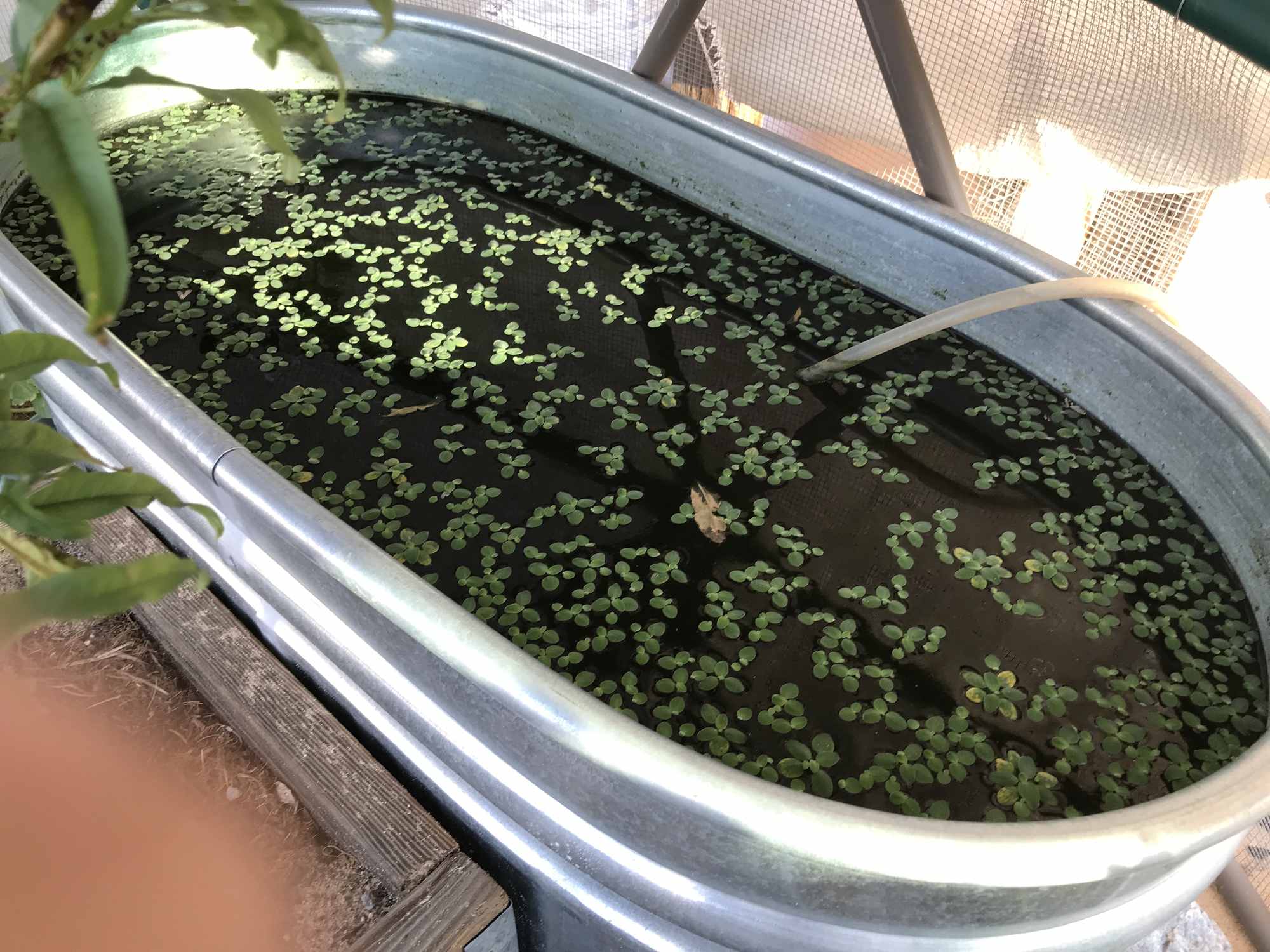
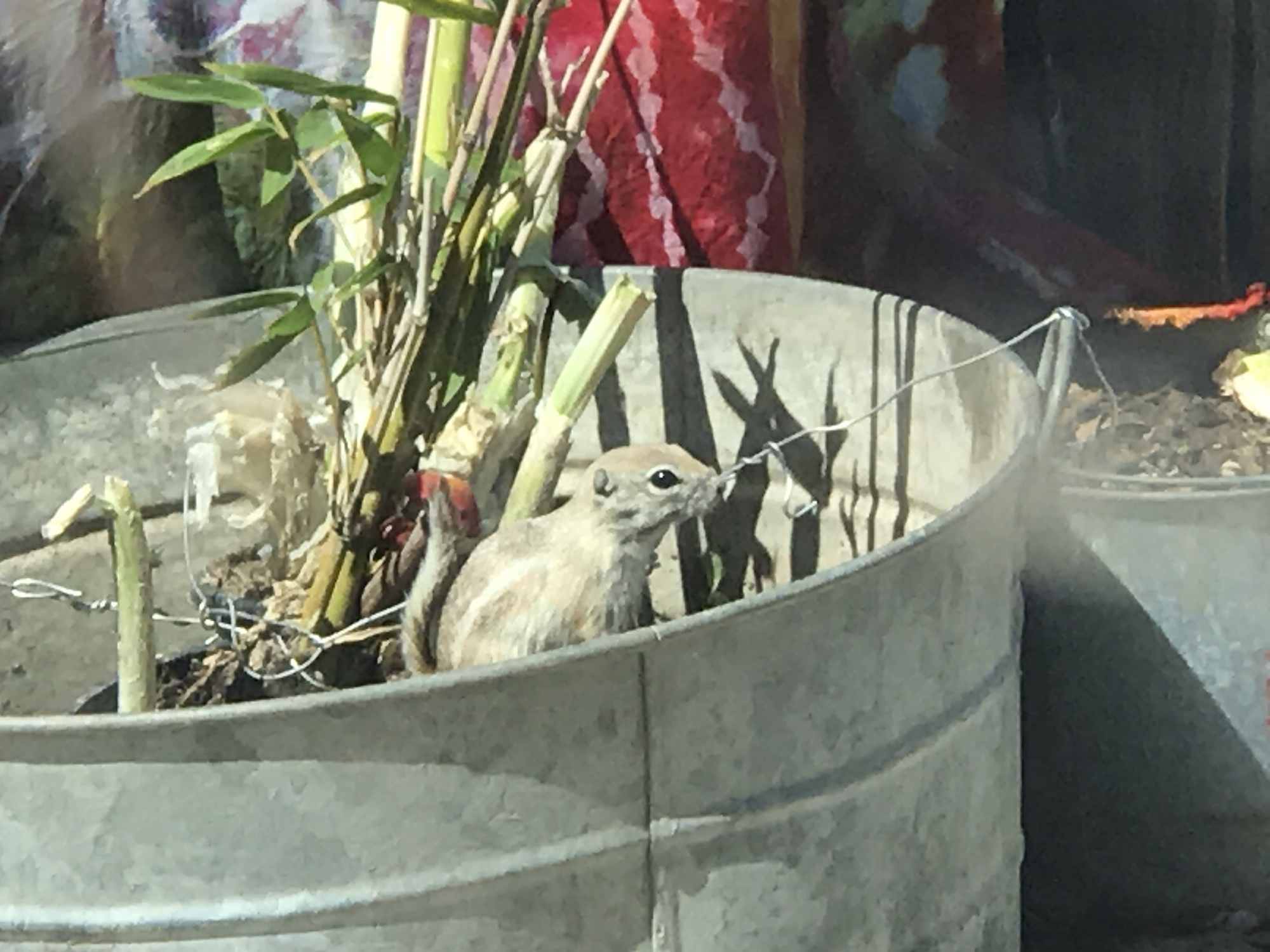
Desert Bonsai Food Forest Chinampa Aquaculture Water Island Garden Tank and Cans
I can't count how many times of started up a chinampa aquaculture island water garden system. From the smallest scale of a single potted plant with a drainage hole inside a larger pot without a drainage hole, filled with a couple inches of water, to trays filled with nursery seedling cups, pots, and packs submerged in an inch or so of water, to small fish tanks, to galvanized tubs, to trash cans, to stock tanks, to jacuzzi tubs, to IBC totes, to above ground pools, to small, medium, and large scale in-ground ponds with islands built up or cut out of them.
In the desert bonsai food forest dome, after much design consideration, and a budget to do it right by my standards, I decided to go with a single two foot wide, two foot tall, six foot long galvanized metal stock tank, and several galvanized metal tubs/cans that could be interchangeable as "dry beds" or as island water garden containers.
I've had a lot of experience with growing fruit, herbs, and vegetables in islands within aquaculture water gardens. However, I've so far had the chance to grow only several edible water crops, and I've yet to fulfill the ultimate dream would is to become protein self-sufficient by raising climate appropriate fish and other fresh water creatures. My only excuse is that for most of my career I've been on a tight time and money budget so that the one any only time I had the chance to take care of a few catfish, they sadly died for unknown reasons and I couldn’t afford to keep testing and retesting the aquatic environment.
I’ve had great success with the less typically palatable gold fish, minnows, and mosquito fish. While I haven't tried to eat any yet, I've highly valued their role in the ecosystem. They eat algae and keep it's growth in check, they fertilize the water which fertilizes the plants in the islands, and I'm able to "fertigate" (fertilize and irrigate) other crops and garden beds beyond the water garden with the nutrient dense living water, fortified with immeasurable nutritive microbes for plants and soil biology.
As promised in the Permaculture Designer's Manual, aquaculture yields are many times more than dry garden and farm yields. For over 10 years it's always been a part of the eco-systems I design, in small or large part. But without any of it, something is missing. It's been said 20% of the landscape should be water features. In my perfect world, it would be 80% water, 20% land. I'm not sure what the ratio was in the traditional authentic ancient Mexican chinampa island gardens. They were built like a grid of islands into a lake. From the modern photos of the ruins, and the artistic renditions of the glory of these operating at their peak, nothing is more enchanting to me. So even if I can only achieve modest approximations, the science and ecology work their magic at all scales, and I’ll forever look forward to when I have more resources to scale up.
On this desert site, it's been the most difficult of all operations. I've suffered the most losses of crops, watching a species of aquatic plant make it through one extreme season but not another. Over the course of two separate attempts to rebuild a more diverse ecosystem with a variety of aquatic plants, sadly, it's come down to a simple, yet healthy enough system. Algae, tiny snails, and very resilient and rugged mosquito fish are the year round survivors. At least, those are the surviving life forms that are visible to the eye. On the microscopic level, I'm sure there is still an epic variety and density of life. For me it's the vigor of the fish population that is the key indication of livable oxygen levels, pH, minimized anaerobic digestion or underwater composting of organic materials.
Only once in my early days, did my human error of miscalculation, result in a spontaneous mass die off of recently introduced gold fish...I'll save the story for the gallery page with the pictures of it. Luckily it was correctable and the next batch of fish were able thrive.
The little things in life that keep your spirits up are some of the most precious. I’m not the biggest stop and smell the flowers, or touch the grass guy, for me, it's check on the fish, make sure there's lots of them, they're active, their water supply isn't showing signs of danger, they're natural food supply is abundant, and so on. If they're happy, I'm happy, it's as simple as that.
This is the site where their survival has been most critical for me and the maintenance of my positive mental attitude. I'm okay with planting, harvesting, and letting go of attachment to annual crops that only live long enough to go to seed. I've had to learn to live with the loss of a few perennials as I reiterate different varieties to find better adapted ones. But what would be most difficult to bare, would be the loss of even the most modest fish population.
At time of writing, it's been almost 2 years that the mosquito fish have thrived. There's nothing extraordinary about me that I could take pride in for that fact, they're lucky, I'm lucky. I can only hope that luck doesn't run out. This is the place where horticulture dreams come to die, perhaps it's a fools paradise, though I'm not giving up on this opportunity to green the desert, and establish an oasis. Certainly not giving up if the fish haven't. Wish us luck!